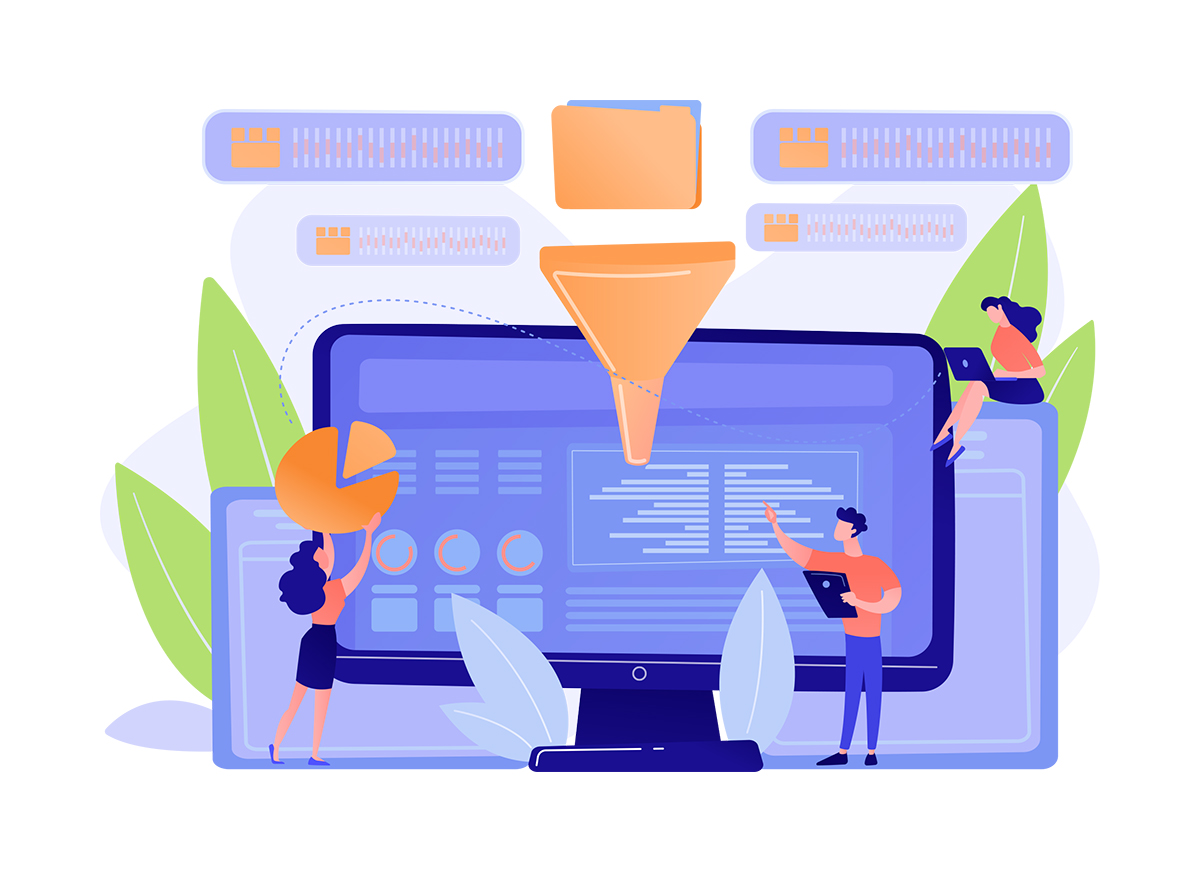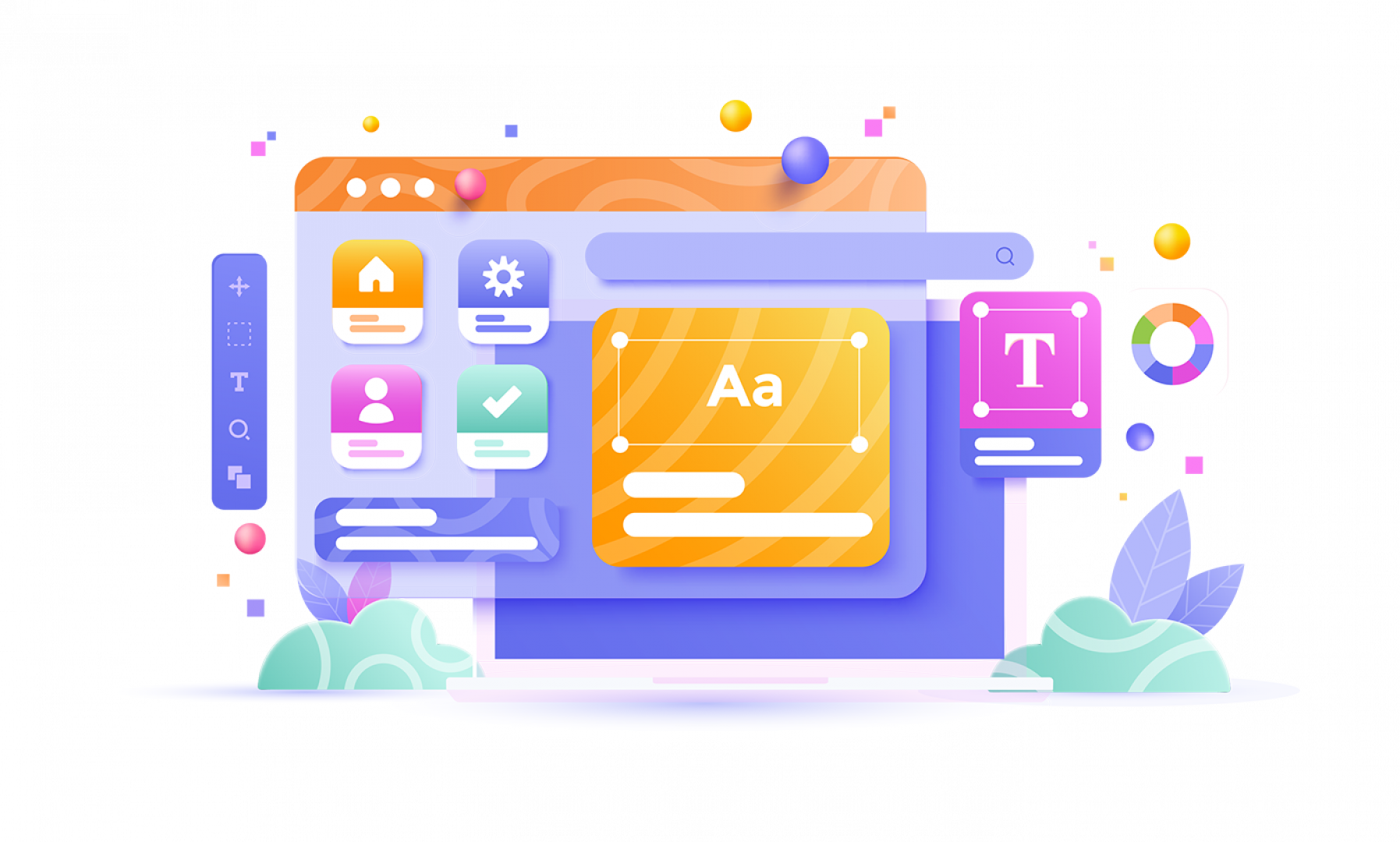
A Step-by-Step Guide on How to Build a Blog in 30 Days

Introduction: Defining a blog and its purpose
Are you thinking about starting a blog, but don't know where to begin? Or maybe you've been meaning to start a blog for awhile now, but keep putting it off because it seems like too much work. Well, good news! It's not as difficult as you might think to start a successful blog. This step-by-step guide will walk you through the process of creating a blog from start to finish.
In fact, with a little planning and dedication, you can have your very own professional-looking blog up and running in just 30 days, ready to share your ideas with the world. In just four weeks, you can have your blog up and running with enough content to start attracting readers. You’ll learn how to come up with ideas for posts, get comfortable writing and publishing posts, and start promoting your blog on social media. By the end of this guide, you’ll have a strong foundation for a successful blog.
If you've gotten to this point, we are making the assumption you've already decided on your niche and what topics you want to write about.
Step One: Choosing a blogging platform
You don't need to be a tech expert or hire a web designer to get started. With a little time and effort, anyone can create a beautiful blog using one of the many easy-to-use blogging platforms available today.
There are many blogging platforms to choose from when you're ready to start a blog. The first step in starting a blog is to decide which platform you will use.
When choosing a blogging platform, there are a few things to keep in mind. First, think about whether you want a free or paid option. Free platforms will have some limitations, but they can be a good option if you're just getting started (although beware, if you need to upgrade later, transferring all your content can be a very big job!). Paid platforms give you more control over your blog, but they also require you to pay for hosting.
Another thing to consider is what kind of features you want on your blog. Some platforms are very simple, while others offer more advanced features like custom design templates and plugins.
Step Two: Deciding on a domain name and hosting
If you're not already set on a domain name for your blog, take some time to brainstorm. Your domain name should be reflective of your content, easy to remember, and not too long. Once you have a few ideas in mind, do a quick search to see if the domains are available.
Hosting is another important consideration for your blog. You'll want to choose a reliable host with good customer support. There are many different hosting options available, so take some time to research the best option for you and your blog.
Learn more here on what to consider when choosing a domain name.
Step Three: Designing your blog
Now that you have a domain name and hosting account, it's time to design your blog. This is where you'll decide on the look and feel of your blog, including the color scheme, font, header image, and layout.
Designing your blog doesn't have to be complicated or time-consuming. There are plenty of simple, yet stylish themes available in most platforms. Spend some time browsing through different themes and choose one that you think best fits your personality and the message you want to communicate with your blog.
Once you've chosen a theme, take some time to customise it to make it your own. Add a unique header image or change the colors to match your brand. If you're not sure how to do this, don't worry! There are plenty of tutorials available online.
Step Four: Populating your blog with content
Now that you have your blog set up and ready to go, it's time to start populating it with content. But what kind of content should you be posting? And how often should you be posting?
When it comes to the kind of content you should be posting, think about what your blog is all about and what kinds of things your target audience would be interested in reading. If your blog is about fashion, then you'll want to post articles and photos about the latest trends. If your blog is about cooking, then you'll want to share recipes and cooking tips.
As for how often you should be posting, a good rule of thumb is to post 2-4 times a week, and each post should be around 1,000 words. Try not to go too overboard, you don't want to overwhelm your readers with too much content. And it's all about quality over quantity!
Step Five: Promoting your blog
Now that you have your blog up and running, it’s time to start promoting it! Here are a few tips on how to get started:
- Social media is your friend. Make sure to share your blog posts on all of your social media channels. Facebook, Twitter, and Instagram are all great places to start.
- Reach out to other bloggers in your niche and see if they’re interested in guest posting on your blog. This is a great way to get exposure to a new audience.
- Submit your blog to directories like Alltop or Technorati. This will help get your blog indexed by search engines and make it easier for people to find you online.
- Hold a contest or giveaway on your blog.
Conclusion: Why you should start a blog
If you're thinking about starting a blog, there are a few key reasons why you should go for it. First, blogging is an excellent way to build up your writing skills. Over time, you'll become a better and more confident writer if you keep at it. Secondly, a blog can be a great platform for sharing your ideas and connecting with like-minded people who enjoy your content and look forward to reading new posts from you.. If you're passionate about something, chances are there are others out there who feel the same way - and starting a blog is a great way to connect with them. Lastly, blogging can be a great source of income (such as selling advertising space or using affiliate links.) if you put in the time and effort to grow your audience. So if you're on the fence about starting a blog, these are just a few of the many reasons why you should go for it.
Looking to start your own blog? Try Limecube's website maker with a 30 day free trial.
V10.6.0 - Released
Posted on: 04 March, 2025
Discover Limecube's latest release
Below is a list of release notes covering what is new and improve.....
Read more
How to Cultivate a Culture of Innovation in Your Business
Posted on: 09 April, 2025
From the early days of Limecube, innovation has been at the core of our mission—not because it felt .....
Read more
SUBSCRIBE TO OUR NEWSLETTER
Subscribe to receive updates on new features, themes, tips and tricks to make your website better.
We promise not to spam you! :)
View our privacy policy here.


